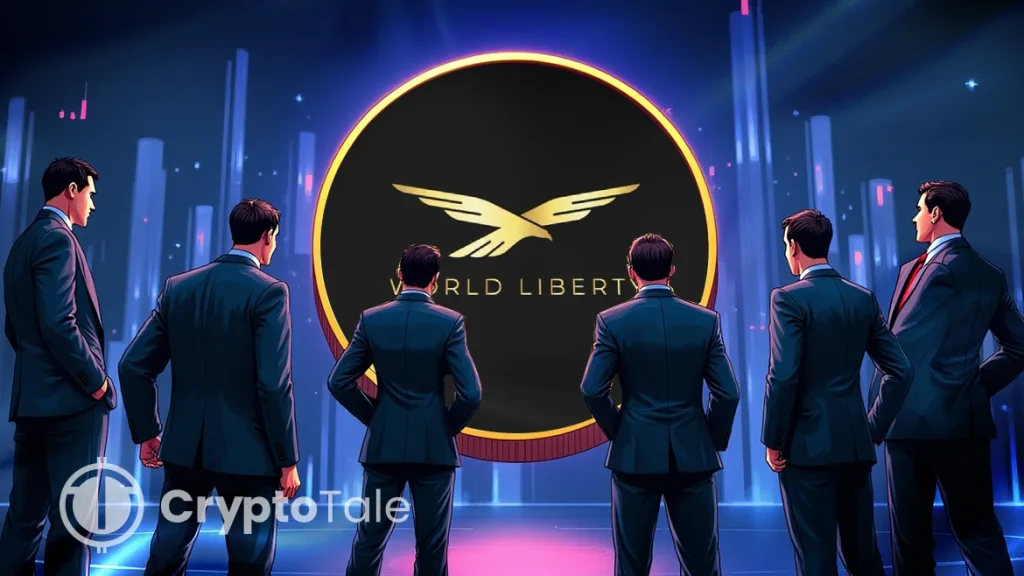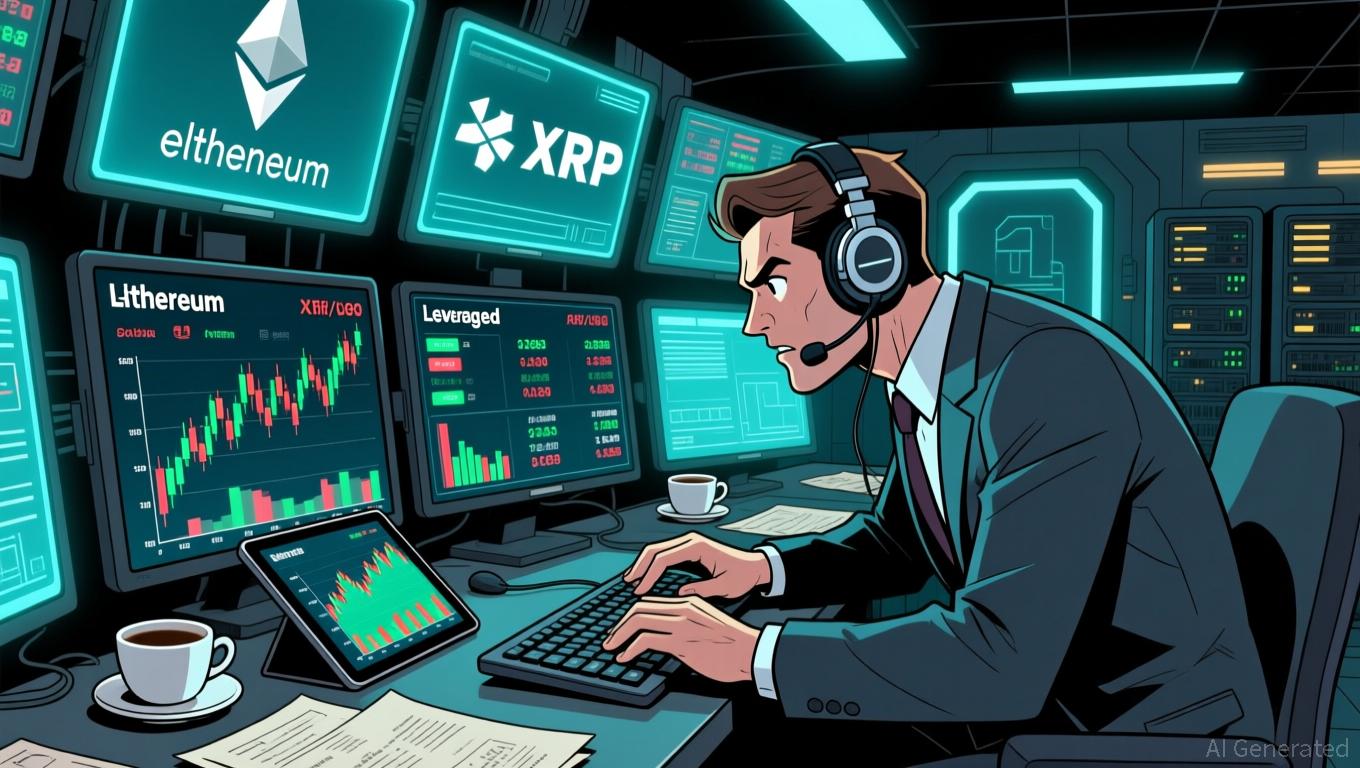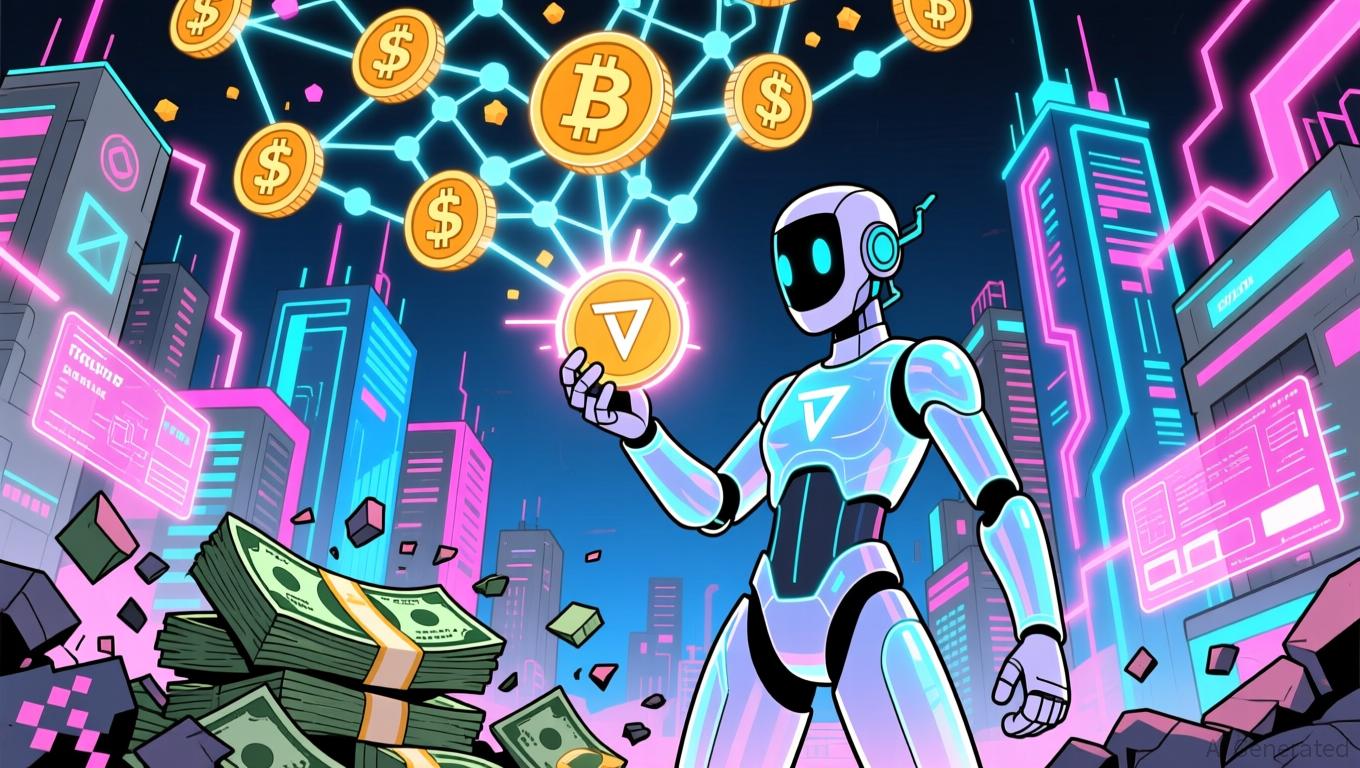WLFI Launches Buyback and Burn to Stabilize Token Value

- WLFI launches a buyback-and-burn program to stabilize token value and reduce supply.
- The initiative uses liquidity fees from Ethereum, BNB Chain, and Solana to repurchase tokens.
- WLFI’s buyback strategy follows successful models from Hyperliquid and Thumzup.
World Liberty Financial (WLFI), a DeFi project linked to Donald Trump, is taking action to address market volatility after its token price dropped over 55% in September. In response, WLFI has launched a comprehensive buyback-and-burn initiative, supported by its community, to alleviate selling pressure and stabilize its token’s value by reducing the circulating supply.
The buyback mechanism is dependent on liquidity fees collected from WLFI’s protocol-managed LP pools over Ethereum, BNB Chain, and Solana. These fees are then used to buy WLFI from the market and subsequently transferred to a burn wallet. The goal of this process is to systematically reduce the supply of a token, which may make it more scarce and valuable.
WLFI Adopts Buyback and Burn Strategy to Tackle Market Volatility
This is part of a bigger trend in the cryptospace where projects are implementing burn mechanisms to reduce supply and minimize volatility. WLFI’s adoption follows the token’s price nosediving 56.52% in one month, from $0.46 on September 1 to $0.20. The coin’s recent decline has been a cause for concern, with weekly and monthly losses pegged at 13.76% and 11.83%, respectively.
According to WLFI, the buyback and burn program aims at gradually shrinking the token supply. The project seeks to establish a positive feedback loop by decreasing supply while demand increases.
Notably, WLFI’s buyback program is tailored to its protocol-controlled liquidity pools. Third-party as well as community liquidity pools remain untouched, so there is no major disruption of external ecosystem contributors.
Other DeFi projects, such as Hyperliquid, direct most of its platform fees into buybacks and burns of its $HYPE token, reducing circulation as more tokens are repurchased. Likewise, Raydium has burned 71 million tokens, or roughly a fourth of its supply, through some of its fees.
Buyback Strategies Gain Traction Across Crypto and Equity Markets
Other firms in the equity markets have also taken similar buyback and sell-back roads. Thumzup Media recently announced a $10 million share repurchase plan. This was in addition to its previous $1 million share repurchase program, under which the company repurchased 212,432 shares at an average price of $4.71. Thumzup would execute this approach through 2026.
DeFi Development Corp, which is the first publicly traded company based on a treasury strategy around Solana, has also followed suit in the buyback movement. The company recently upped its buyback program to $100 million, from an initial $1 million.
The expansion makes it one of the largest stock repurchase plans in the digital asset industry. This highlights that buyback strategies have broader appeal in both crypto and traditional equity markets.
The buyback and burn is a move indicative of WLFI’s priority for transparency. The project would provide real-time updates to its community for every buyback and burn on-chain. They do so to build confidence and ensure that investors can monitor how well the initiative is working.
WLFI’s buyback and burn is a temporary remedy to an unpredictable marketplace. The project seeks to generate positive sentiment and restore investors’ belief by creating scarcity.
If WLFI proceeds with its buyback, the project aims to ensure the program generates lasting value. This maneuver could be a game-changer, and other Defi projects could look to follow suit. If successful, WLFI could set a trend for other projects to pursue similar approaches during periods of market volatility.
Disclaimer: The content of this article solely reflects the author's opinion and does not represent the platform in any capacity. This article is not intended to serve as a reference for making investment decisions.
You may also like
Hyperliquid News Today: Crypto Whale Maintains $145M ETH Position After $4.9M Loss, Anticipates Surge to $3,860
- Hyperliquid's whale 0x9ee holds $145M ETH long with $4.9M loss, targeting $3,860 rebound despite market volatility. - Portfolio includes $52.2M XRP long and $44M ASTER short, highlighting leveraged crypto trading's mixed gains/losses. - Platform faces $5M liquidity loss from Popcat manipulation and 38% HYPE futures decline, signaling ecosystem instability. - High-leverage risks exposed by $168M liquidation and $100M BTC loss parallels, underscoring market fragility. - ASTER short turning to long position

Crypto Privacy Era Concludes as IRS Integrates into International Tax System
- The White House proposes IRS access to offshore crypto transactions via OECD's CARF framework to combat tax evasion and align with global standards. - CARF, supported by 72 countries including major economies, will enable cross-border data sharing while exempting DeFi transactions from new reporting rules. - U.S. crypto exchanges will report detailed transactions to IRS from 2026, marking a shift toward transparency as markets react with price volatility. - Critics raise privacy concerns over expanded IR

TRX News Today: JUST DAO Links USDJ with TRX to Address Market Fluctuations and Regulatory Challenges
- JUST DAO suspends USDJ operations, pegging it to TRX at 1:1.5532 to stabilize amid crypto volatility and regulatory scrutiny. - USDJ surged 187.82% pre-announcement, outperforming Bitcoin’s 0.77% drop as TRON-based assets show resilience. - Market cap fell to $3.21T as USDJ’s TRX peg aims to reduce fiat reliance and align with DeFi’s blockchain-native trends. - Mixed reactions highlight risks of TRX volatility undermining the peg, while analysts foresee TRX’s DeFi integration boosting its 2025 appeal.

TWT's Updated Tokenomics Framework: Transforming DeFi Governance and Enhancing Investor Yields
- Trust Wallet's TWT token redefines DeFi governance through utility-driven value creation, deflationary supply, and community governance in 2025. - Permanent burning of 88.9 billion tokens creates scarcity, while gas discounts, collateral capabilities, and governance rights align utility with platform adoption. - Hybrid investor returns combine scarcity-driven appreciation, staking yields, and fee-burn mechanisms, but depend on Solana ecosystem performance and utility adoption. - Challenges include fragme


 Governance Update:
Governance Update: